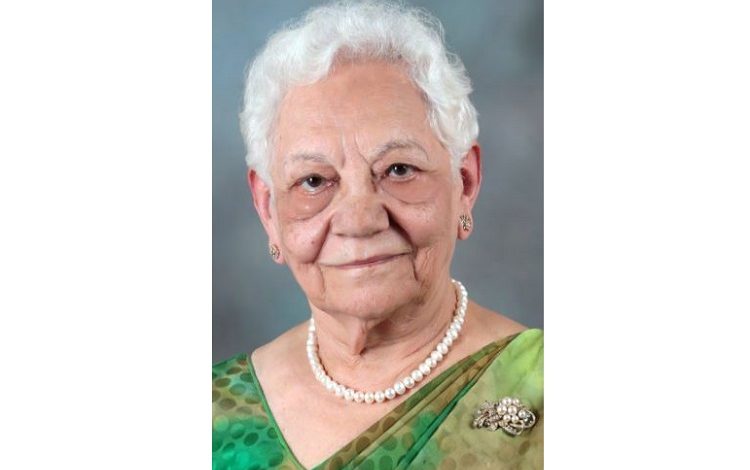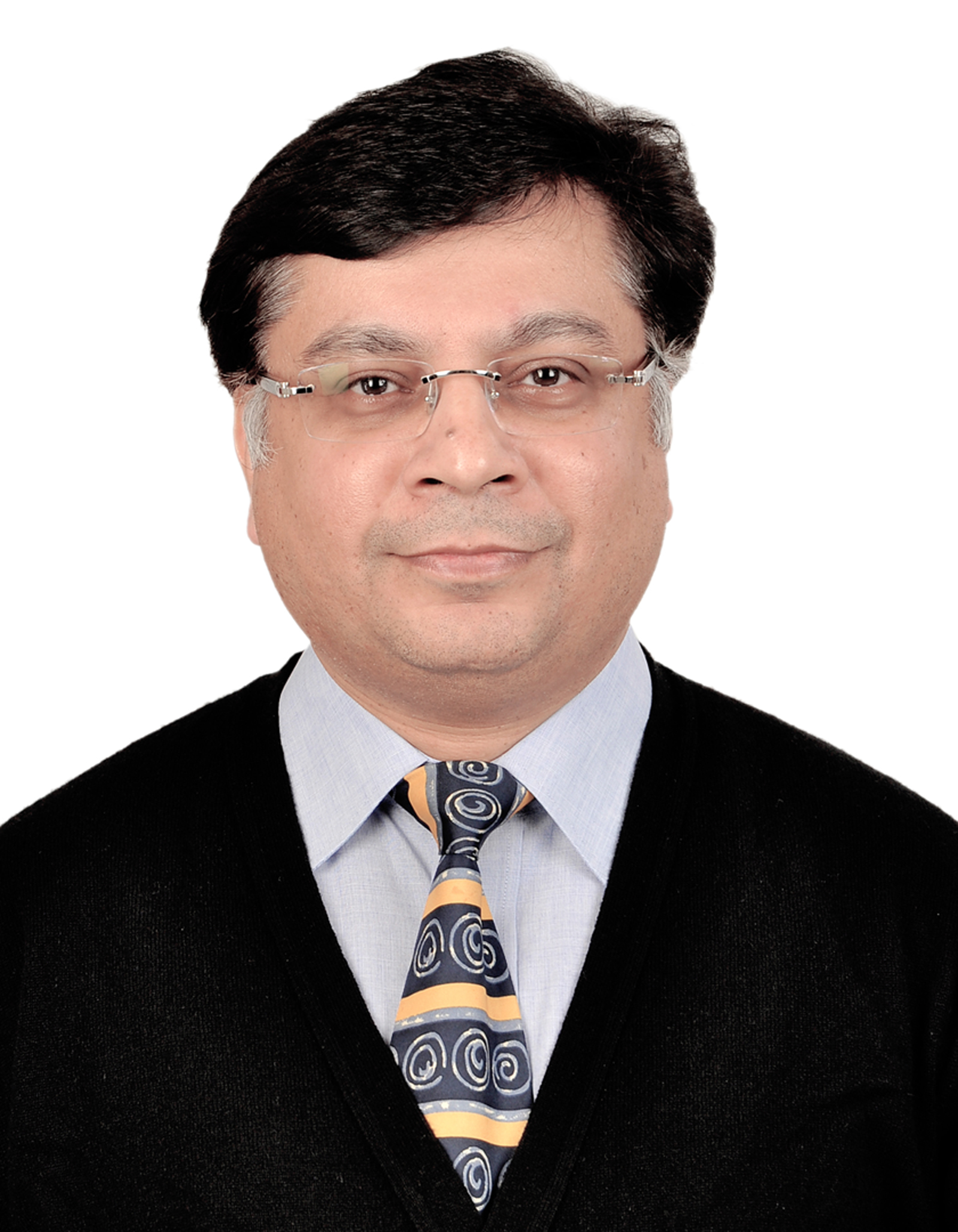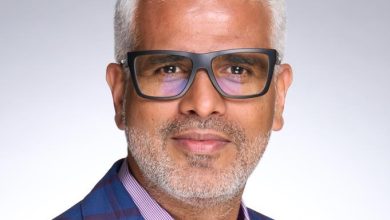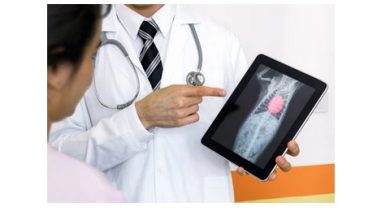
India’s first female radiologist, Dr Sneh Bhargava (90) looks back at an illustrious career and how her life encapsulates the essence of exuberance, of being a radiologist, in conversation with M Neelam Kachhap
Meeting an active nonagenarian is reason enough to be excited but when the nonagenarian is an enigmatic
scholar and teacher, you know you have hit the jackpot. Alas! My meeting with Dr Sneh Bhargava (90), Medical
Director, Sitaram Bhartia Institute of Science and Research, New Delhi; had to be a virtual one, due to COVID-19
scenario. Shattering gender roles, Dr Bhargava not only became a doctor but a radiologist at that. Her life is an
amalgamation of ideas that have led to new awakenings not only for her but for all the budding doctors and scientists.
Dr Bhargava was born in 1930, to an educated family of Yudhister and Pyar Taneja. She enjoyed the privilege of
equal opportunity and education and was moulded by her mother’s values and ideals. As a result, she chose to join one of the most renowned medical colleges for women, The Lady Hardinge Medical College, in 1948 to pursue an education in medicine. Dr Bhargava diligently sought new avenues to excel. This led her to embark upon a remarkable relationship after graduation with radiology and imaging, that has lasted for a lifetime.
She went to England in 1955, to further polish her skills and to learn from the leading figures in radiology at the
time. Dr Bhargava’s career was well on track and when she returned to India she found work at Irwin Hospital, now LNJP as an assistant radiologist. It was then that the well-reputed AIIMS was established and Dr Bhargava became Assistant Professor, in the radiology department.
What mattered to Dr Bhargav was that she could carve out the curriculum and advise standards for the post-graduate programme in radiology. She was also instrumental in developing several sub-specialities and mentoring many students in research. The capriciousness of institutional politics did not deter her growth and
in 1984 she became the first and only female Director of the AIIMS.
During six decades of her career, she has been a beacon of knowledge to her students. She values hard work and has been a lifelong learner. She has received several accolades and awards. She has been a member of many associations and chaired countless committees but what she holds dear is the Padma Shri, one of the highest civilian awards in India.
Here she talks about the field of radiology and imaging as she has seen it evolve and shares her journey with us.
You came into radiology in the 1950s. What was it like then?
Radiology then was a young speciality, X-rays having been discovered in 1895 by Roentgen a German Physicist. It was a revolutionary diagnostic procedure then. It turned medicine inside out and was the only imaging procedure available which could image in the human body the bones as white images and the air in the lungs as black. The rest of the human frame structures were varying shades of grey which the human eye could not differentiate. The subject was not popular and very few opted to specialise in it.
It recorded the three-dimensional human bodies on a flat plate- it was a science and technology advancement
but did not contribute directly to healing a patient and that is why doctors who joined medicine to become healers did not opt for radiology in large numbers.
What got you interested in radiology?
Three things got me interested. Firstly I was fascinated by the fact that you could visualise bones and lungs with the click of a button without using a scalpel to see the size of the heart which a stethoscope could not. Secondly, radiology was a new open field no takers but with the opportunity to rise quickly in the profession while most of my friends and classmates became registrars in obstetrics and gynaecology, I rose to become “assistant to the professor” a grade higher.
Not following the commonly trodden path I could make my path and decided to walk the road to travel. Thirdly there were no night calls and you could have a comfortable family life and pursue other hobbies as well.
What were the challenges you faced while practising and as your career progressed?
In my professional life, the greatest challenges were to gain the confidence of my clinical colleagues that they
could trust my reports. All doctors consider that they are the best for their patients and to convince them that back processing officers, as a radiologist is, can help them and guide them in a team spirit for the betterment of their patients, we do contribute.
In my professional life, the greatest challenges were to gain the confidence of my clinical colleagues that they
could trust my reports. All doctors consider that they are the best for their patients and to convince them that back processing officers, as a radiologist is, can help them and guide them in a team spirit for the betterment of their patients, we do contribute.
In my personal life balancing home, husband and children with a professional life i.e. creating a work-life balance because both are full-time jobs.
How has the role of the radiologist changed over the years?
The role of the radiologist has changed dramatically. Though progress in science and technology has changed
many fields of medicine in the last six to seven decades the progress in imaging and radiology is perhaps the maximum change in how we practice medicine. From being backed processing offices, we are now the epicentre for diagnosis and treatment, with all the multi-modality cross-sectional imaging at our disposal and image guidance available for intervention and treatment.
What are the most common mistakes that are made that lead them to an incorrect diagnostic decision?
The most common mistake that is made is interpreting an image without full knowledge of the patient’s history
and physical examination and not understanding what the treating doctor wants from your report.
How can they be avoided?
Never interpret an image whether a plain X-ray, an ultra-sonogram, a CT or MRI images without knowledge of the history and physical finding. Also, the eye cannot see what the mind does not know therefore keep updated. You will not make mistakes.
How do you perceive radiology talent from India?
In terms of brainpower, our talent is amongst the best in the world but in terms of opportunities, we do
not provide them much or provide motivation. The push and pull factors operate whether you work in the
country or abroad. Why do they excel abroad?
How would you rate the research in radiology coming out of India?
Research in radiology is of two types- clinical and basic. Both require resources of time and money. We do
not have either of these resources. The clinical load in the public health system is enormous and urgent and cannot be put off; it leaves you not enough time to devote to research because of the limited number of skilled personnel available to handle either basic or clinical research.
Research cadres have to be created for meaningful research, who can work in teams about India specific projects. The structure of healthcare and education needs change. Function flaws from the form. We have not changed the form nor the resource. India spends only 0.9-1 per cent of GDP on health and it’s not
fair to expect world-class research.
What advice would you like to give to young radiologists?
One of the timeless secrets is to love your work and have the fire in your belly to contribute to relieving
human suffering with compassion and dedication. The subject is very wide now, choose your goal and pursue it to achieve excellence. There will be twists and turns in your careers but there is always room at the top. Set the bar high for yourself; be prepared to be a learner all your life. Whether in clinical practise or academic radiology you must keep updated for the sake of your patients and the profession. You should find your work
rewarding, intellectually challenging and fun, and also your play and your leisure. Just pursue your vision of
excellence.
What gives you more satisfaction, teaching or clinical practice?
I am equally passionate about teaching and clinical practice. When I am teaching I know I am preparing the
next generation. I am holding the torch to pass on to the future generation so that it burns brightly. When in clinical practice I know that I am contributing to healing humankind in need of help in a team spirit.
This provides me with a lot of satisfaction and I love and enjoy doing both and discharging my duties to the
best of my ability.
What is a typical day like for you?
I have had six decades of active professional life; six decades devoted to the academic and public health
system and three decades to the private non-profit health care system and have enjoyed the trust of my clinicalcolleagues and patients alike. A typical day would include an exercise regime in the morning for 30-40 minutes and a healthy balanced diet. I believe these have kept me fit, healthy and happy.
Being healthy and happy I have been able to achieve a work-life balance of my professional and personal life as the wife of a busy physician and mother of two responsible and loving children. This could not have been achieved without the care and co-operation of my parents, my husband, my siblings, my children, my colleagues and my students. I am grateful to them all and acknowledge their contribution with gratitude the rest of the day went in balancing professional and personal life.
What are your favourite books/movies?
I enjoy reading life improvement books that will enlighten and educate me and also the lives of great men. On the lighter side, Agatha Christie and Perry Mason have kept me glued to them till the mystery is solved. I am not
a movie buff.
Which is your favourite city?
Abroad it is London- you can enjoy history, art, culture and shopping. At home- Delhi, without its filth, politics
and pollution you can enjoy history, art, cultures, intellectual discussions, shopping, varied national and
international cuisines.
Is there anything you would have wanted to do differently?
If I did not pursue a career in contributing to human health I would have pursued a career in contributing
to plant health- I love flowers, their thorns and their fragrance. Also, all the vegetation that makes our healthy diet. I would have been a horticultural and floricultural scientist. Since I answered my calling as medicine I would want to change the structure of the healthcare system and give primary healthcare the topmost priority.




